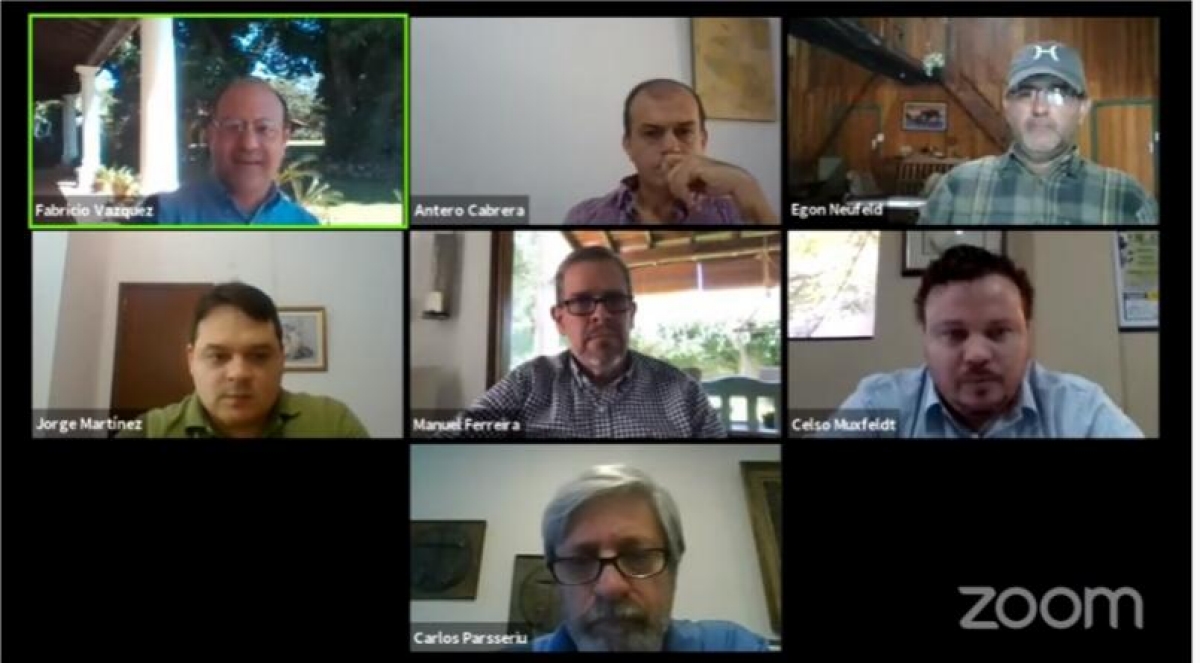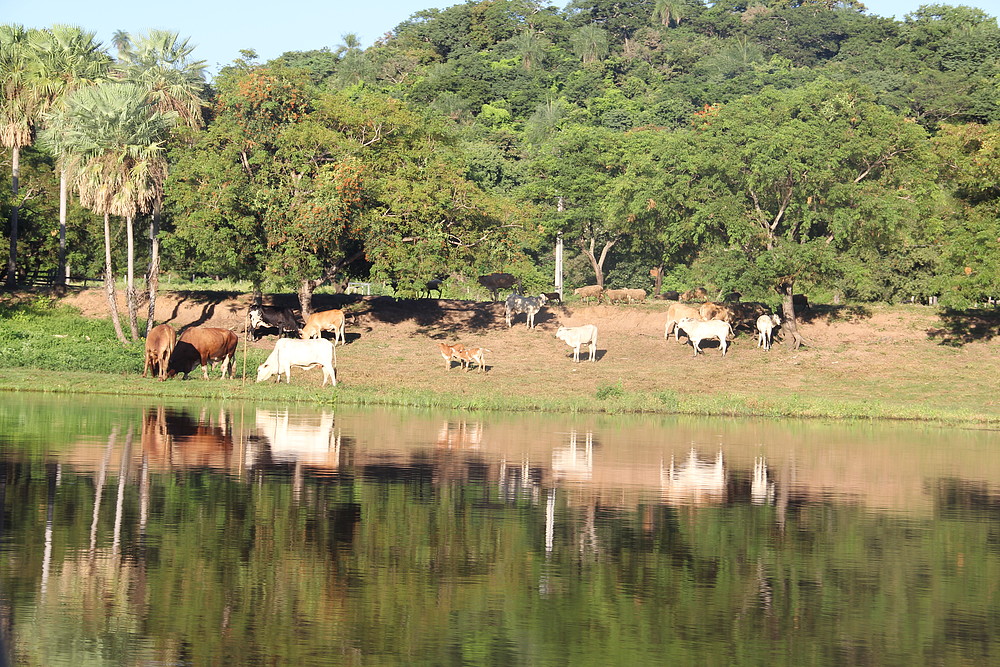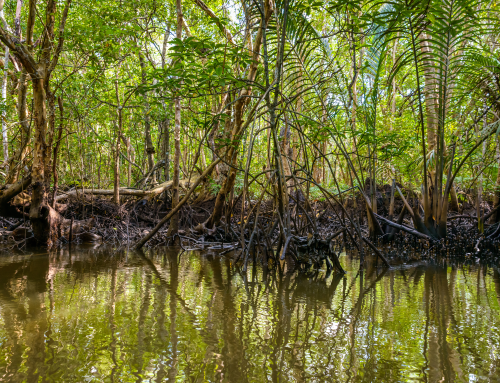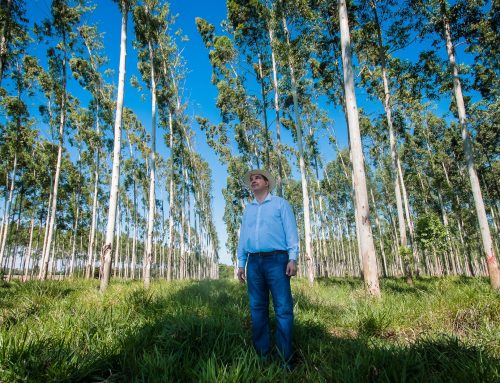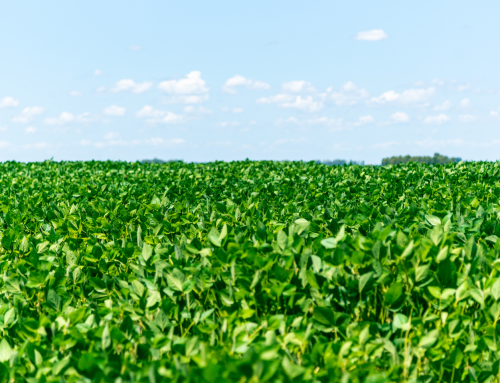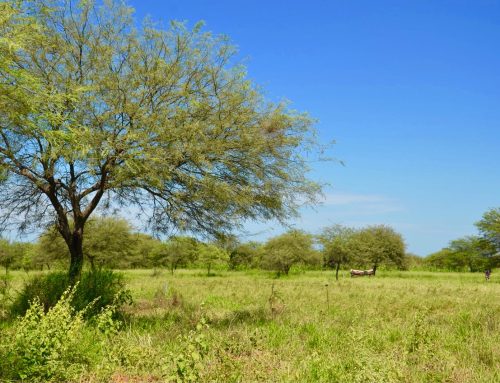On April 7th, UNDP Paraguay held the webinar “COVID-19: Impact on the Territorial and Socioeconomic Dynamics of the Chaco’. The webinar brought a range of sectors together to discuss the potential effects of the current COVID-19 global pandemic in the Chaco region in Paraguay, an arid subtropical area of low forests and savannas with high environmental and economic value in the country.
Despite the quarantine and social distancing measures imposed by the Paraguayan government as a response to the COVID – 19 outbreak, cattle ranching in the Chaco continues, but not with a business-as-usual mindset. Producers have been forced to rethink their ways of working and are actively looking for innovative tools that will allow them to keep producing despite the many challenges ahead.
The participants in the webinar were fast to agree that COVID-19 is affecting both the demand side and the supply side of the Paraguayan livestock market. The general uncertainty deriving from the rapidly worsening world economic situation is leading to a decrease in investments and cash flow from banks into the sector and, overall, a huge fall in the price of Chaco beef.
Paraguayan producers are being paid 15, 20 and even 30% less compared to last year, despite both the internal and international market price not falling as drastically. Ranchers, heavily affected by climate constraints and the lack of financing, are being compelled to sell their cattle at a much lower price. Due to the outbreak, China’s import of beef has also decreased significantly, which has in turn resulted in higher quantities of Argentinean and Brazilian beef (previously exported to China) on other markets that Paraguay has traditionally exported to. Producers are raising their voices to ask for financial protection, setting out long-term goals that can safeguard the sustainability of their livestock production against the rapidly changing dynamics of the sector.
Even when taking into account other preventive measures required as a result of the pandemic (hello, new hygiene standards) which slow down production and logistics processes, it turns out COVID – 19 is not even the biggest challenge for the Chaco region right now. The lengthy and atypical drought hitting the Chaco area for almost two months now is perceived amongst stakeholders as an even bigger challenge than the global pandemic itself, with the disease just adding to an already critical scenario where producers do not have enough resources to protect their livestock, and therefore, their livelihoods.
The coronavirus pandemic has also pushed stakeholders involved in the Chaco to focus on issues that had often been forgotten until now and could significantly reduce the impact of the health crisis, such as reshaping the way they communicate with each other. At the moment, Zoom and other virtual platforms could prove extremely useful to resolve situations that might have required a face-to-face meeting just a few weeks ago.
Largely uninhabited, the Chaco has traditionally been a region very accustomed to isolation, not only physical but also technological. Due to its vast geography and seasonal weather, connections regularly cut off. The region cannot yet safely rely on a strong online communication system – now, the need to strengthen it is proving more crucial than ever.
Concluding on a hopeful note, the webinar identified that indigenous communities do not seem to be affected by the crisis for the time being. Traditionally located far away from large urban centers and relying on their own food and housing, they seem to be less affected by social distancing and benefit from the lack of many fixed living costs. The main concern and priority will be to keep the virus from coming closer to these vulnerable communities.
Amidst these trying times, the participants recognized that a balancing effort is needed to align preventive measures with fiscal and monetary policies that will offset, at least partly, the foreseeable economic recession. They agreed part of the solution is to adapt all territorial planning mechanisms and relief measures carried out under international development projects to the particular Chaco needs, as well as to the new economic reality, particularly by rethinking timelines and investing in telecommunications.
More than 100 people were connected via Zoom to the two-hour long webinar, and more than 130 joined live via Youtube. For those who missed out, you can still watch the recording of the session following this link: https://bit.ly/WebinarCovidChaco
The webinar was held within the framework of the Green Chaco project, led by the Paraguayan Ministry of the Environment and Sustainable Development (MADES) and implemented by the United Nations Development Programme (UNDP) under the Good Growth Partnership initiative. The Green Chaco project seeks out the causes of deforestation in commodity production and supply chains and promotes an integrated approach to address its underlying reasons, and promotes alternatives for sustainable development designed together with communities.

